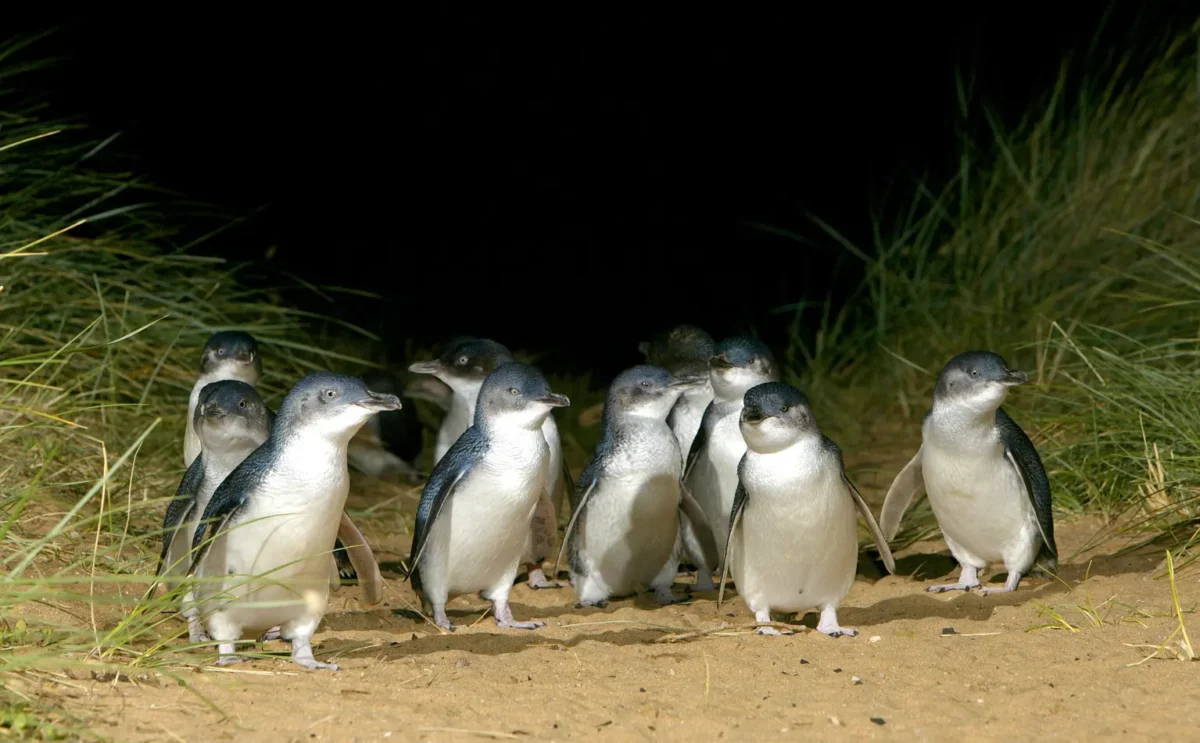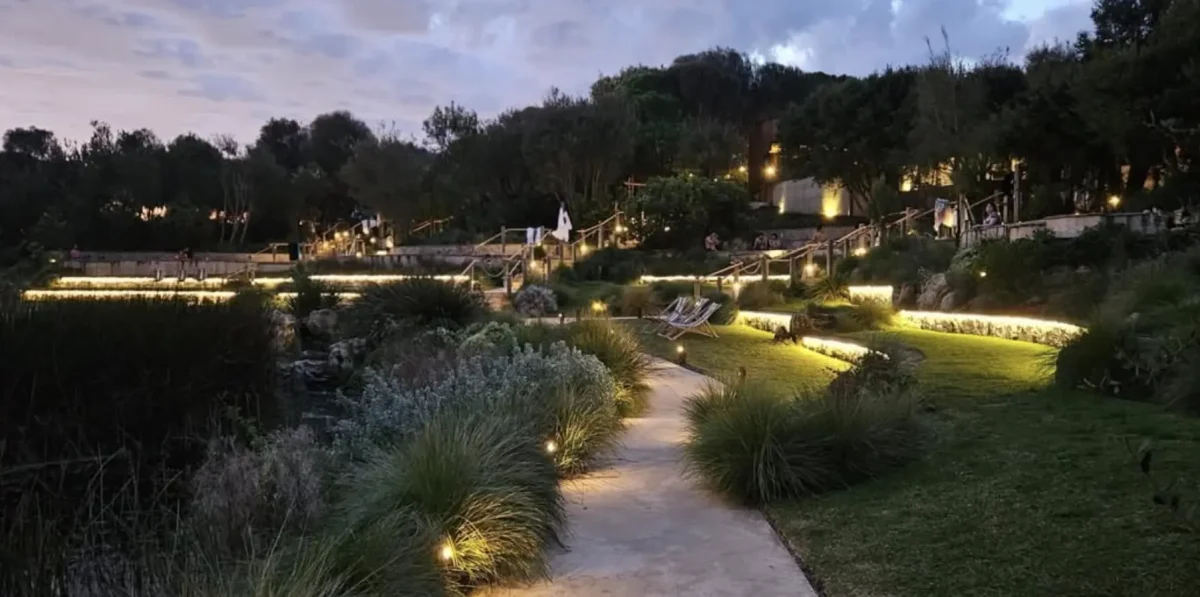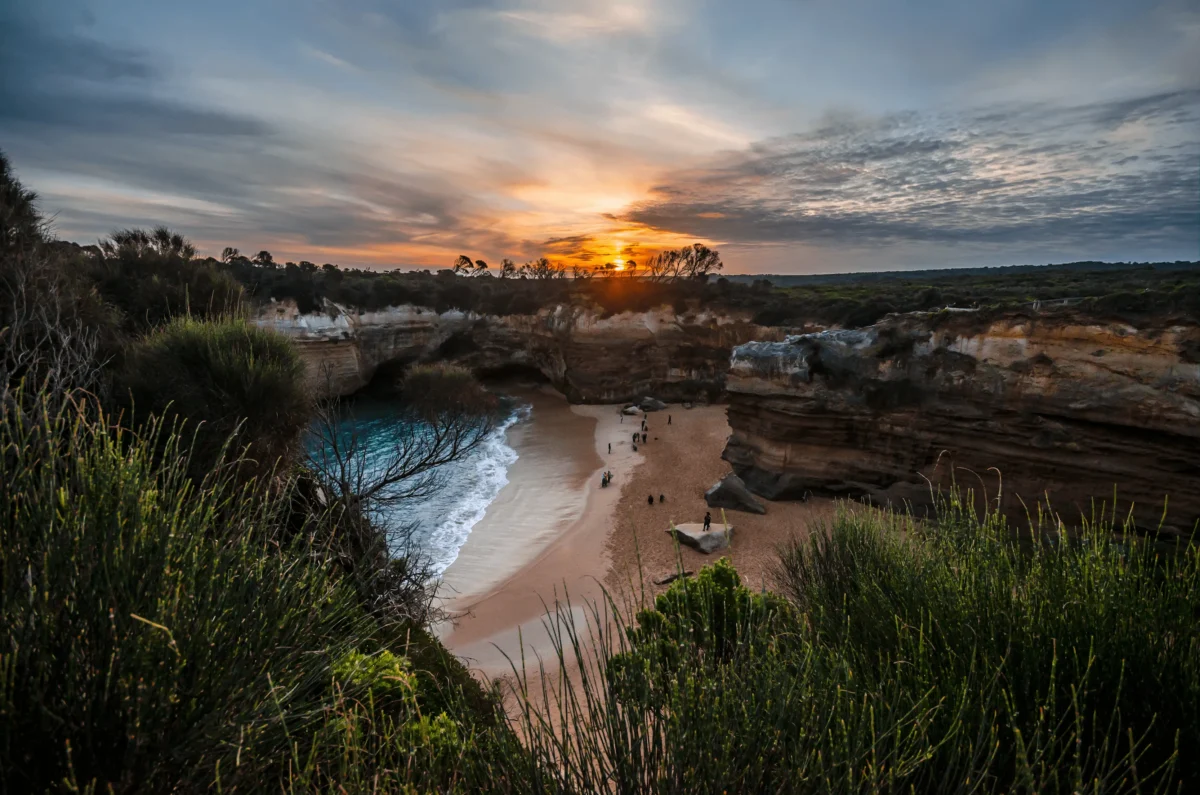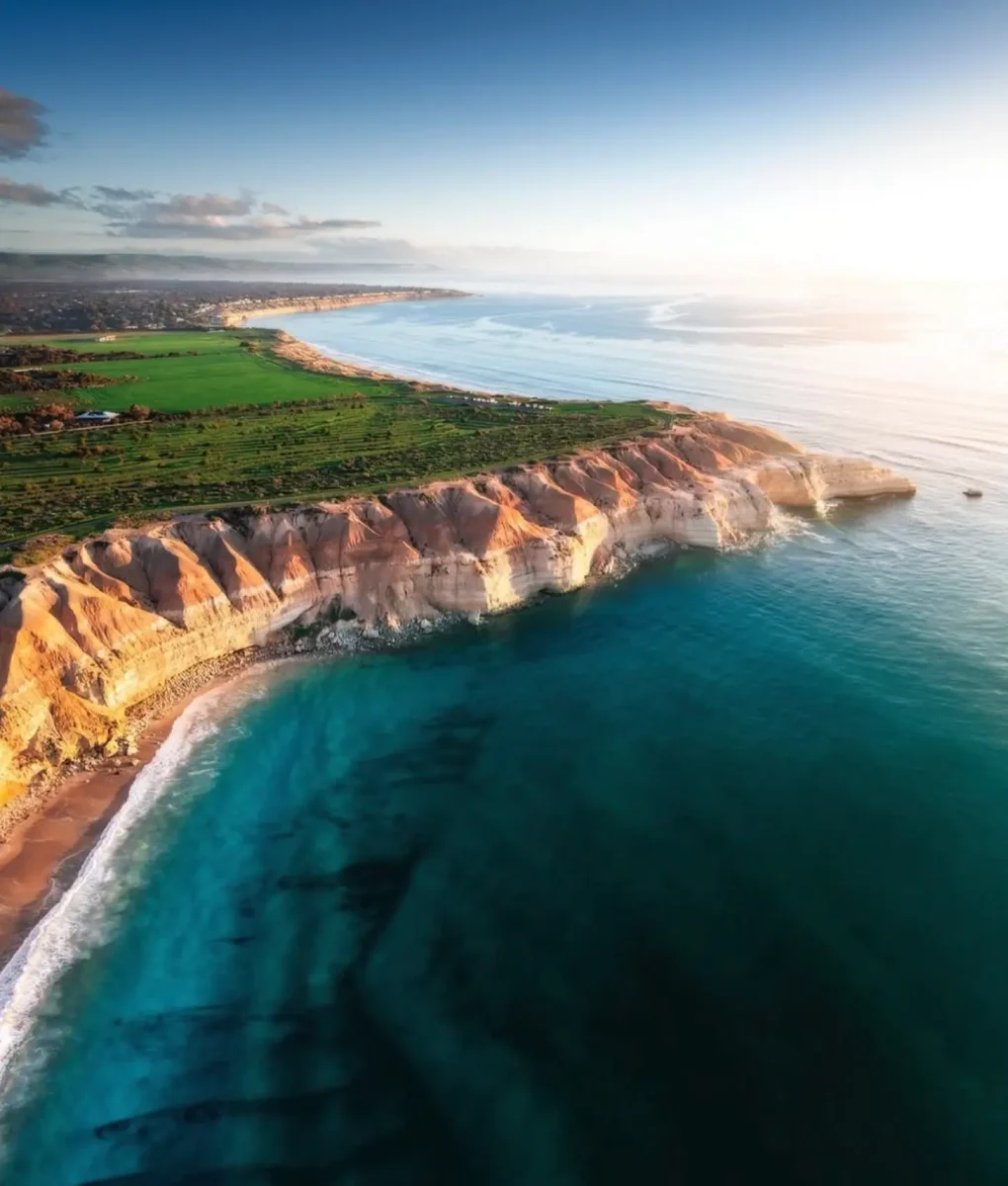Whale watching on the Great Ocean Road
Seeing whales up close is a fantastic experience. Watching these majestic animals in their natural environment is unforgettable. The Great Ocean Road, along with Warrnambool, Port Fairy, and Portland, is one of Victoria’s most well-liked locations for whale viewing. Here are the most significant locations where whales can be seen along the Great Ocean Road and the facts regarding whale migration in Australia.
Whale migration in Australia
Whale season in Australia is during the winter months (May to September). Whale migration happens when whales leave Antarctica and travel to our warm seas to breed, give birth, and rear their young.
Whales migrate across Australia’s eastern, western and southern borders, but the best whale watching in Australia is along the Great Ocean Road. Here, you can see south and blue whales. During this time, whales can be seen breaching, blowing, tailing and fluking off the Great Ocean Road.
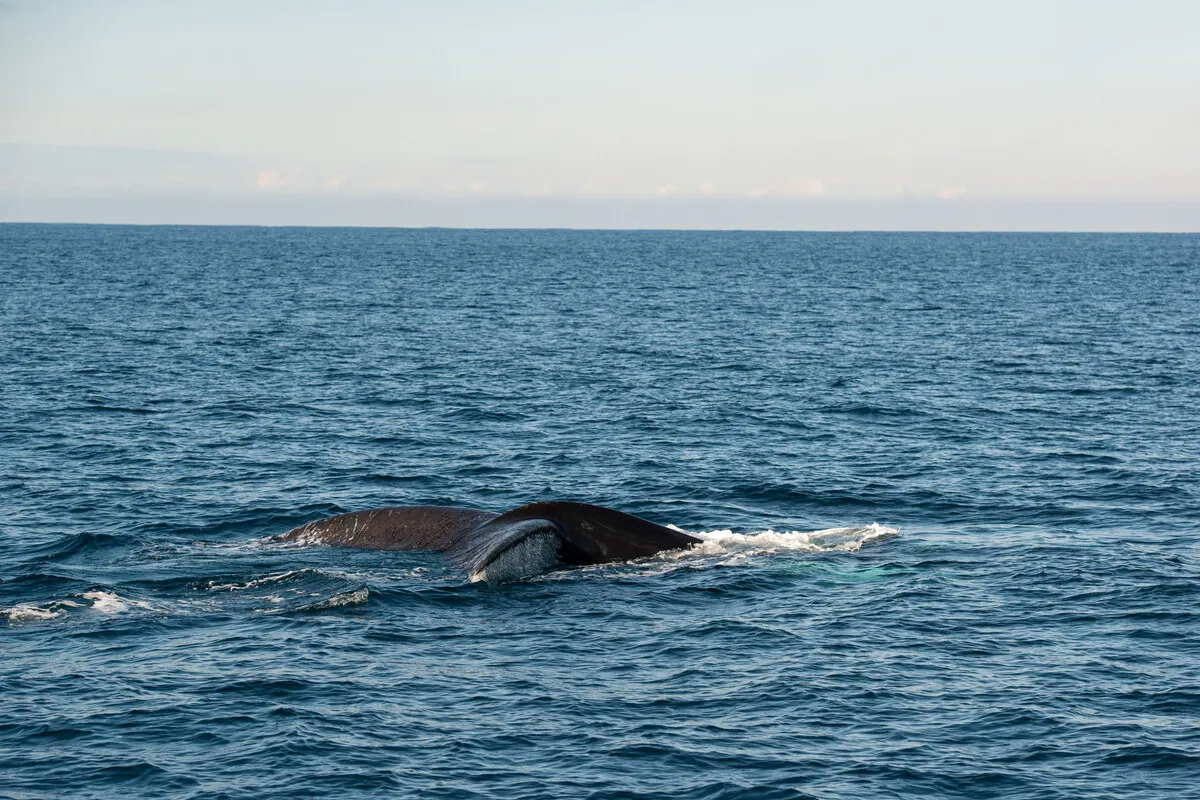
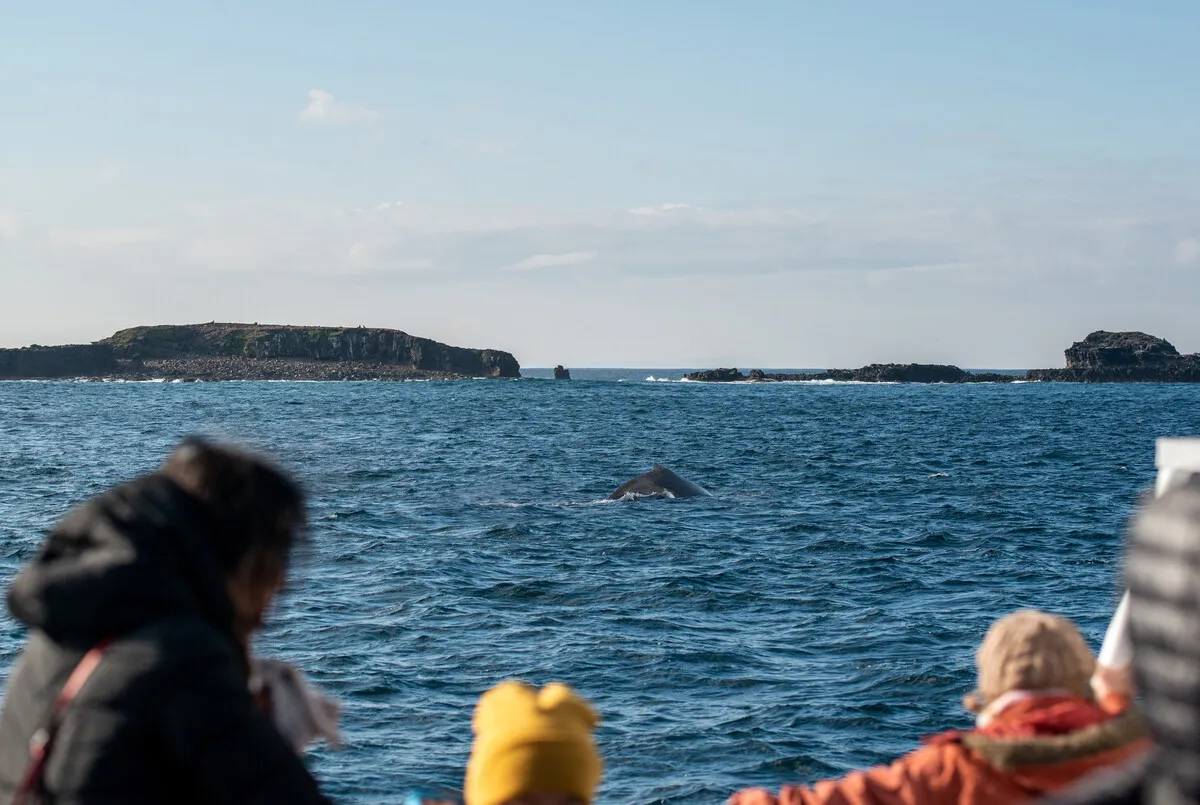
Sightseeing whales along the Great Ocean Road
Whales can be seen along Torquay and Nelson’s Great Ocean Road coastline. While the entire Great Ocean Road coastline is renowned for whale sightings in Victoria, the section known as the Whale Track is famous.
The Whale Track stretches 73 kilometres from Warrnambool to Port Fairy via Port Fairy. Along the whale trail, you will see southern whales, humpback whales, blue whales and the occasional killer whale.
Warrnambool's southern whales
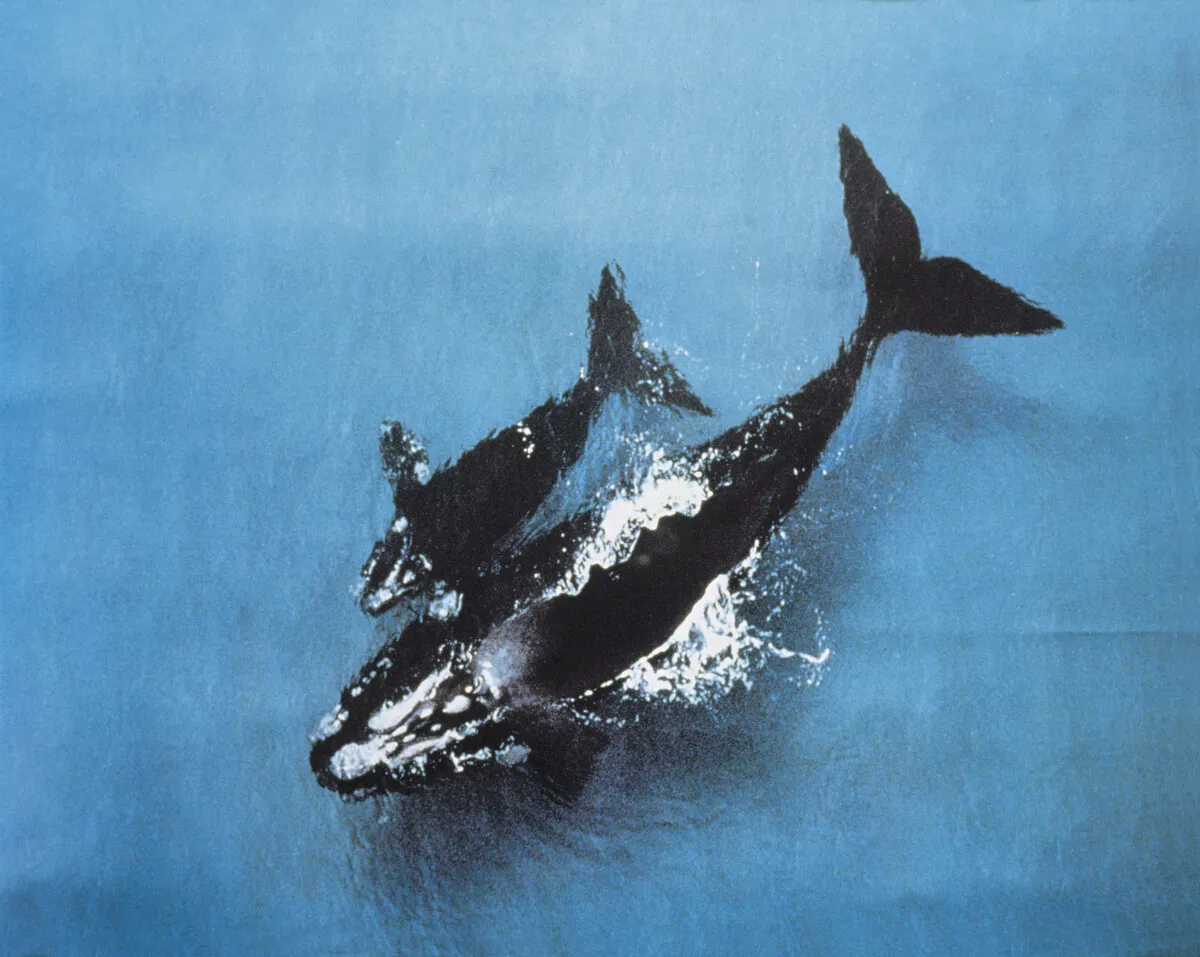
Stop at Logans Beach, Victoria’s primary whale-watching location in the southern region, if you’re travelling along the Great Ocean Road area from June through October. For several weeks, females return to the nursery to give birth and give their young the time they need to grow stronger before returning to the sub-Antarctic waters. Males, yearlings and young adults stay further from the shore.
Whales are within 100 metres of a specially built viewing platform on Logans Beach. Call the Visitor Information Centre in advance for whale-watching information and allow time for multiple visits.
The distinctive features of the southern whale species are its sleek black back and the absence of a dorsal fin. The multiple crusty growths on the skull, known as calluses, that distinguish each southern whale are unique to that whale. The whale can be distinguished from other species by its occasionally uneven white markings on its belly.
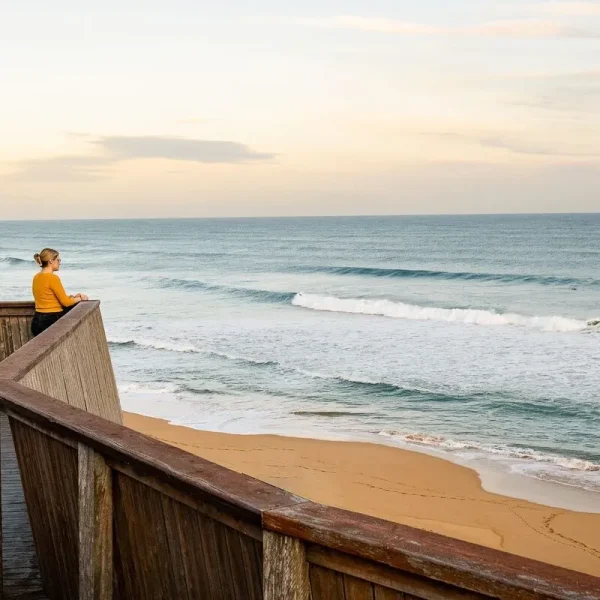
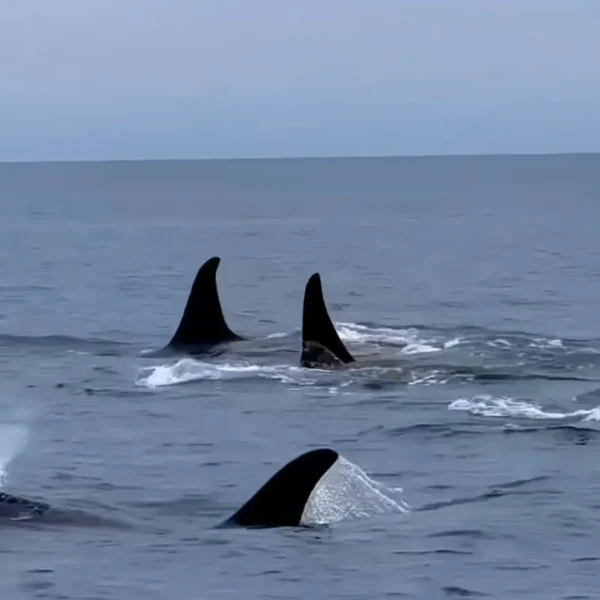
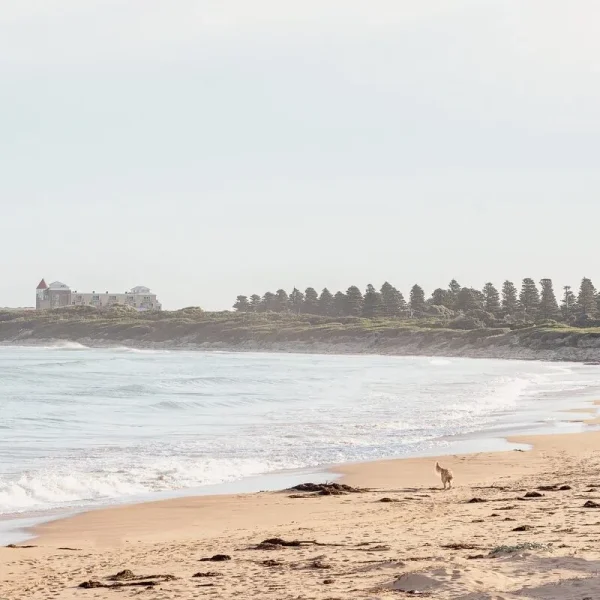
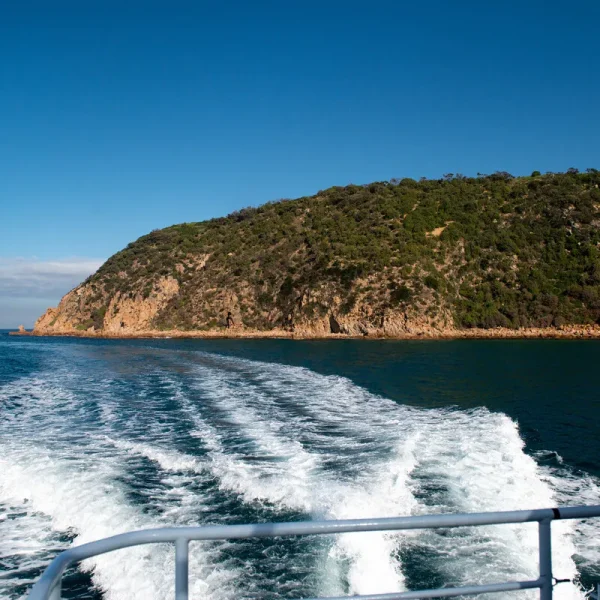
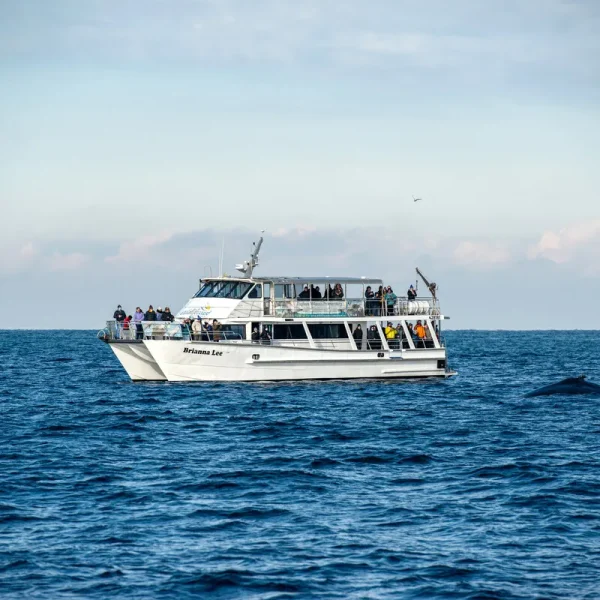
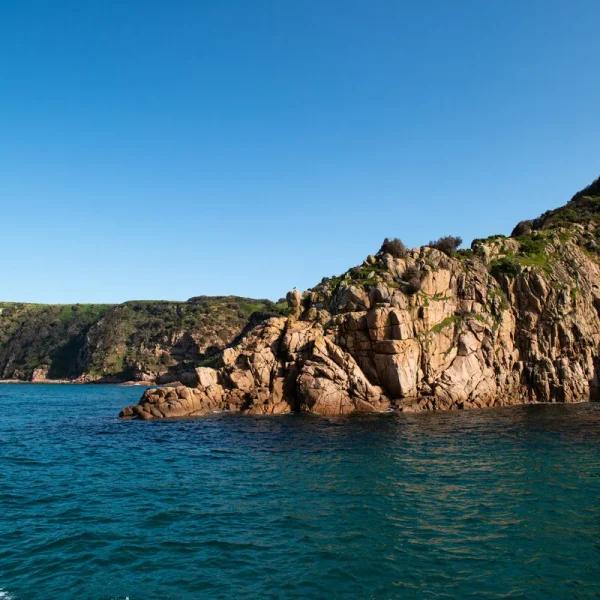
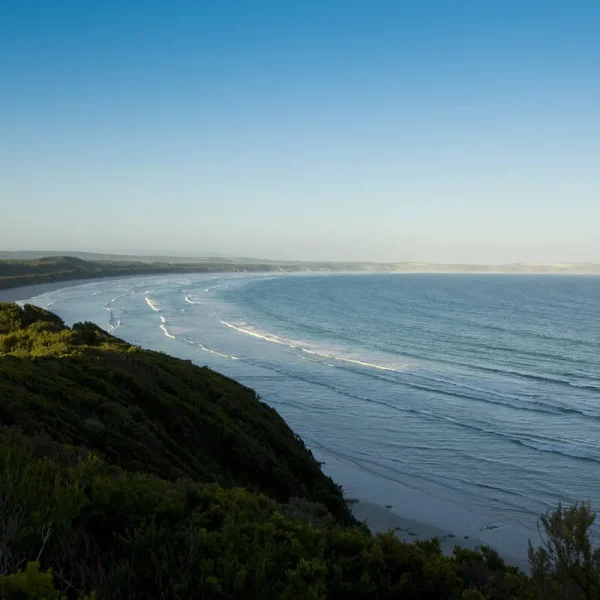
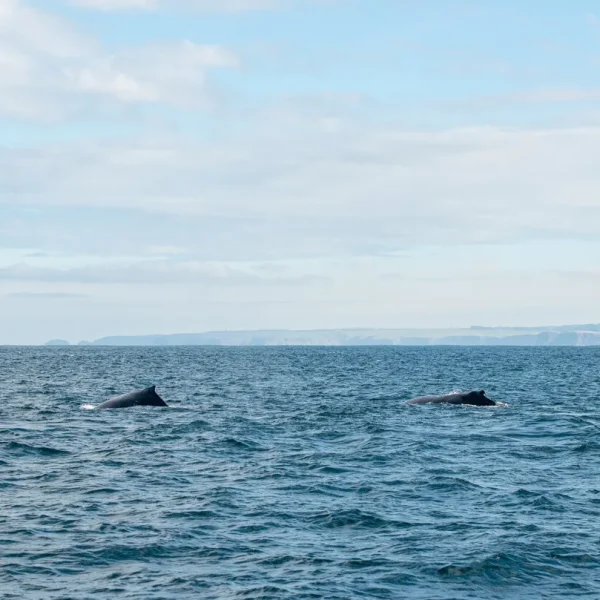
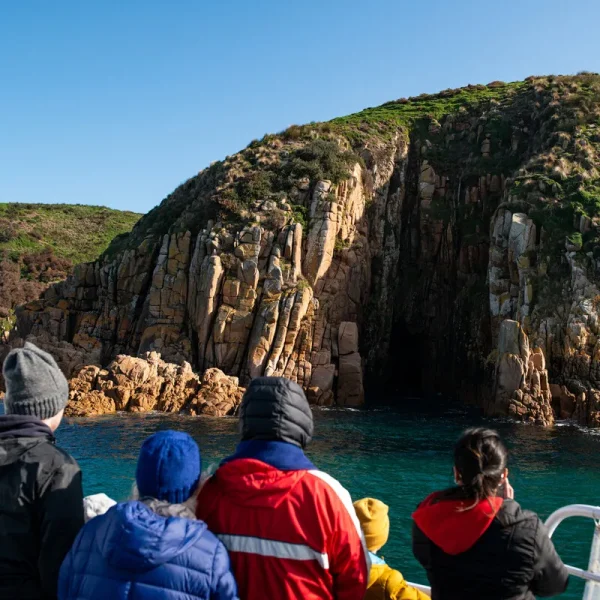


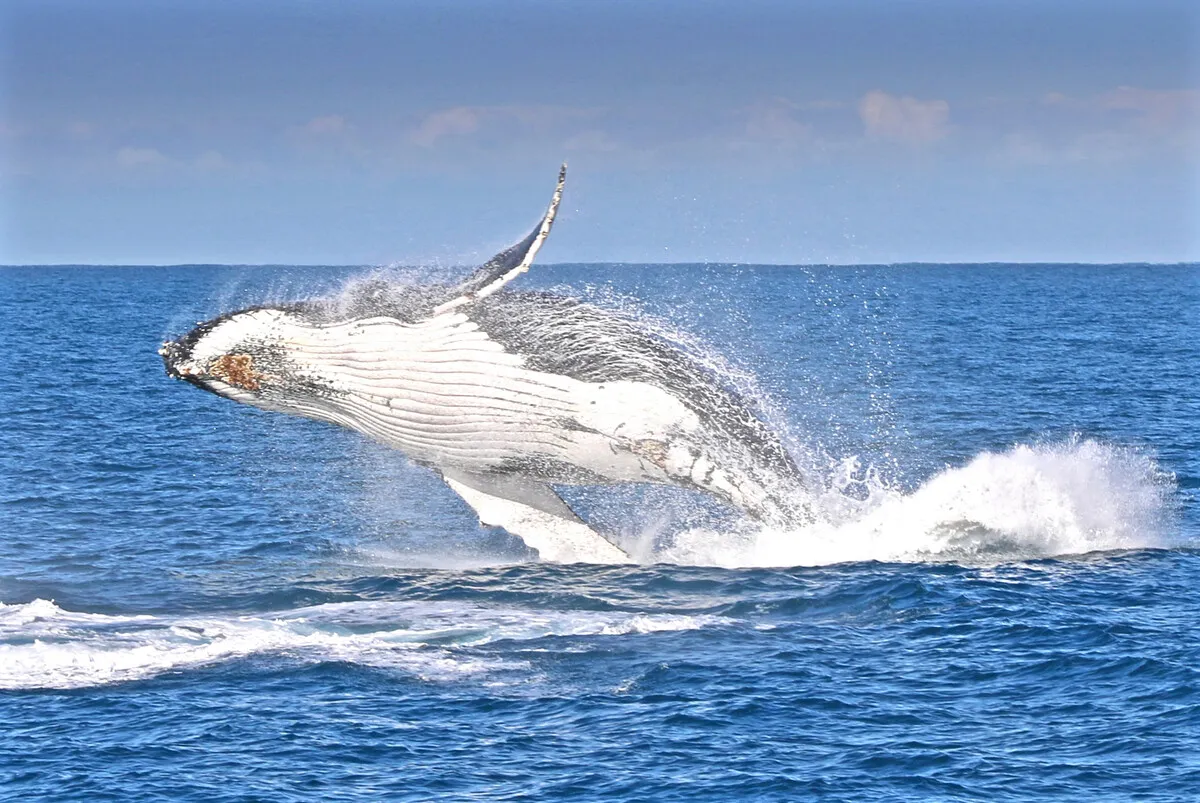
Places to watch whales
Cape Otway Lighthouse (reservation required)
Logan’s Beach Whale Nursery & Viewing platform in Warrnambool
East Beach in Port Fairy
Wade Street Viewpoint in Portland (or Portland Harbour)
Air Burrows, Great Southwest Walk or Petrified Forest at Cape Bridgewater.
The southern whales of Portland
Southern whales can be seen from Portland between June and August from a distance of metres. One of Victoria’s most incredible whale spotting location is Portland. You can observe southern whales off the beautiful coastline of Narrawong and Cape Bridgewater. See these marine giants during their yearly journey through the Southern Ocean by heading west to Cape Bridgewater, watching them from the harbour, or travelling to the port. Whales may frequently play at Port Portland, a few yards away from the Lee Breakwater. Portland Bay and the cliffs above Monastery Beach are other popular locations for sightings.
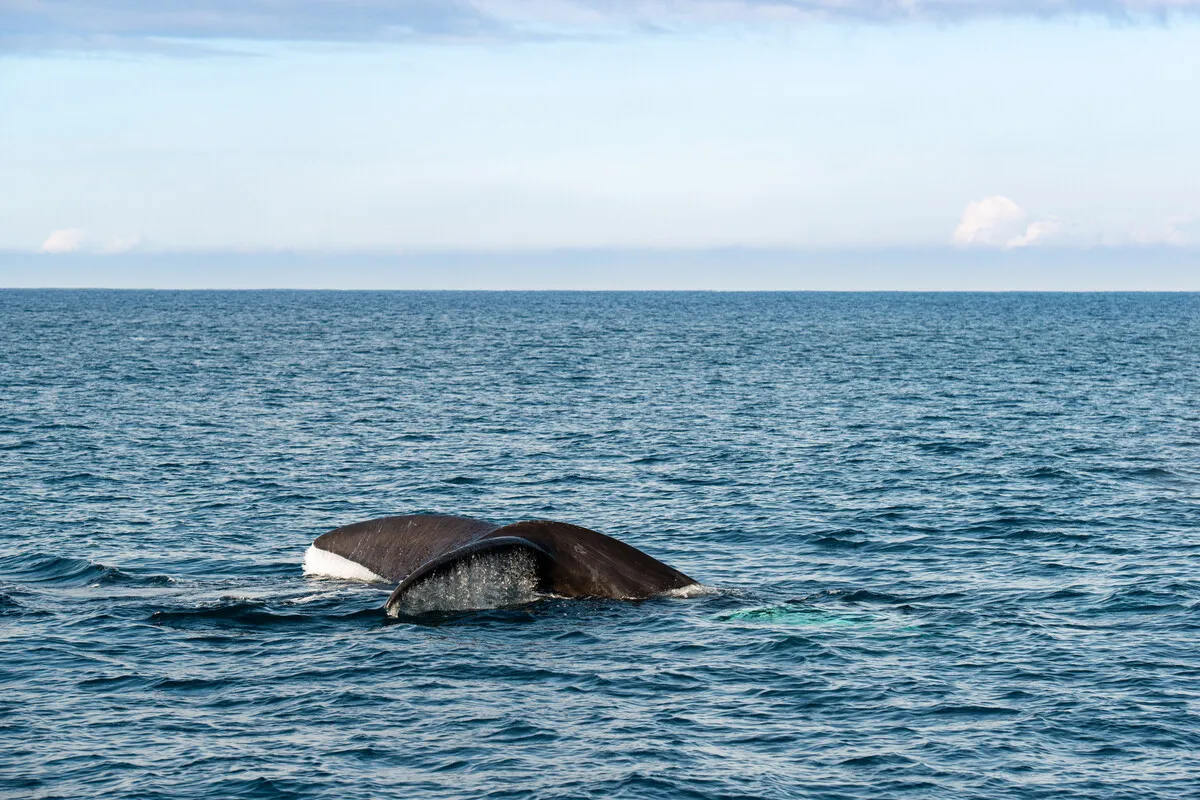
Portland's blue whales
Blue whales migrate to the waters off Portland to feed on krill, which is plentiful. Although blue whales rarely swim close to land, their breath and backs can sometimes be seen off prominent headlands such as Cape Nelson and Cape Bridgewater. Usually, they migrate to Portland in November and stay there until May. Blue whales are recognized by their slim body, a small dorsal fin angled towards the tail, and a forceful, high-pitched, direct exhale that can be visible up to ten kilometres away and audible up to four kilometres away under favourable conditions.
Let’s say you want to whale watch from Melbourne. In that case, the Great Ocean Road tour is an affordable option for a day excursion. But because there is so much incredible scenery, things to see, food, and accommodation, many visitors extend their stay and take in more of this fantastic area. Discover all you need to know about whale viewing along the Great Ocean Road.
The southern whales of Portland
Southern whales can be seen from Portland between June and August from a distance of metres. One of Victoria’s most incredible whale spotting location is Portland. You can observe southern whales off the beautiful coastline of Narrawong and Cape Bridgewater. See these marine giants during their yearly journey through the Southern Ocean by heading west to Cape Bridgewater, watching them from the harbour, or travelling to the port. Whales may frequently play at Port Portland, a few yards away from the Lee Breakwater. Portland Bay and the cliffs above Monastery Beach are other popular locations for sightings.

FAQ
When is the best time for whale watching along the Great Ocean Road?
The peak whale watching season is during the winter months, from May to September. This is when whales migrate from Antarctica to warmer Australian waters to breed, give birth, and rear their young.
Where are the top whale watching spots on the Great Ocean Road?
Some of the best locations include:
Logans Beach Whale Nursery & Viewing Platform in Warrnambool
Cape Otway Lighthouse (reservation required)
East Beach in Port Fairy
Wade Street Viewpoint in Portland
Cape Bridgewater and the Great South West Walk
What types of whales can be seen along the Great Ocean Road?
You can spot several species, including southern right whales, humpback whales, blue whales, and occasionally killer whales.
What makes Warrnambool special for whale watching?
Warrnambool, particularly Logans Beach, is Victoria’s primary whale nursery. Female southern right whales return here each year between June and October to give birth and nurture their calves close to shore, often within 100 metres of the viewing platform.
Can blue whales be seen near Portland?
Yes, blue whales migrate to waters off Portland between November and May to feed on krill. While they rarely approach the shore, their distinctive blow and backs can be seen from vantage points like Cape Nelson and Cape Bridgewater.



